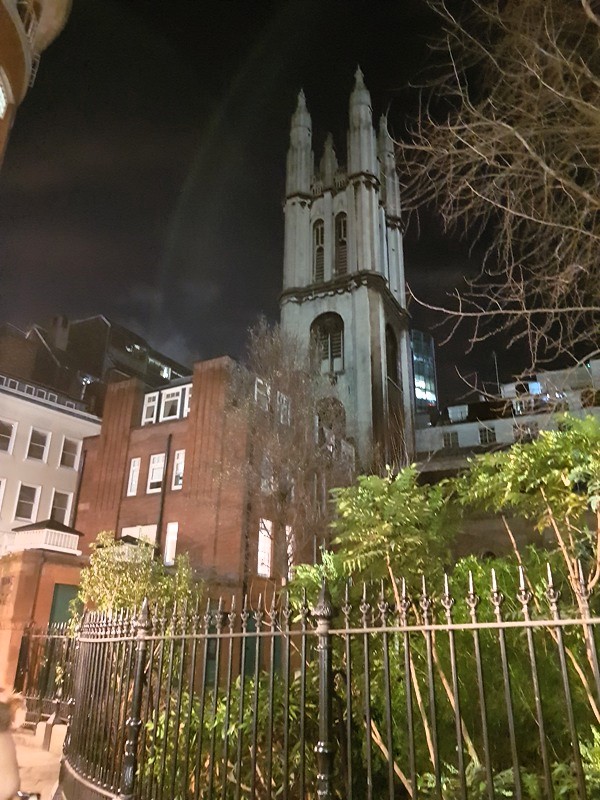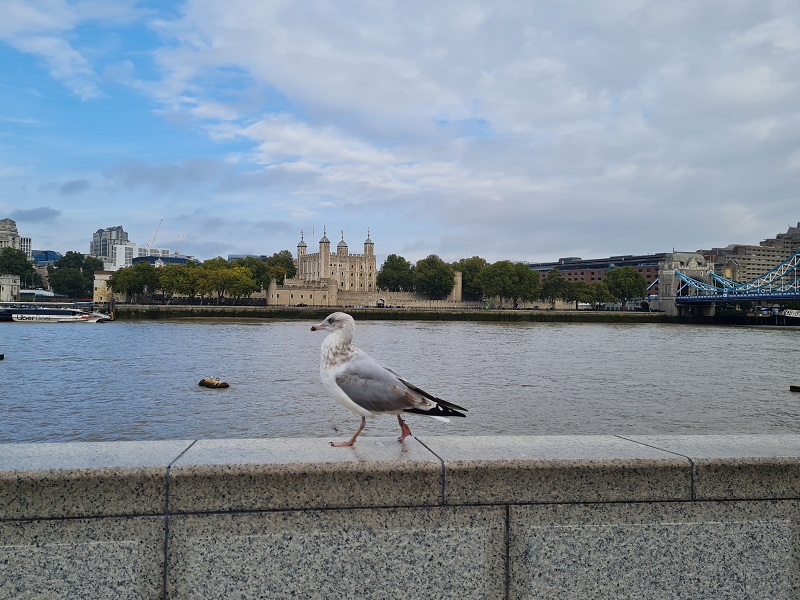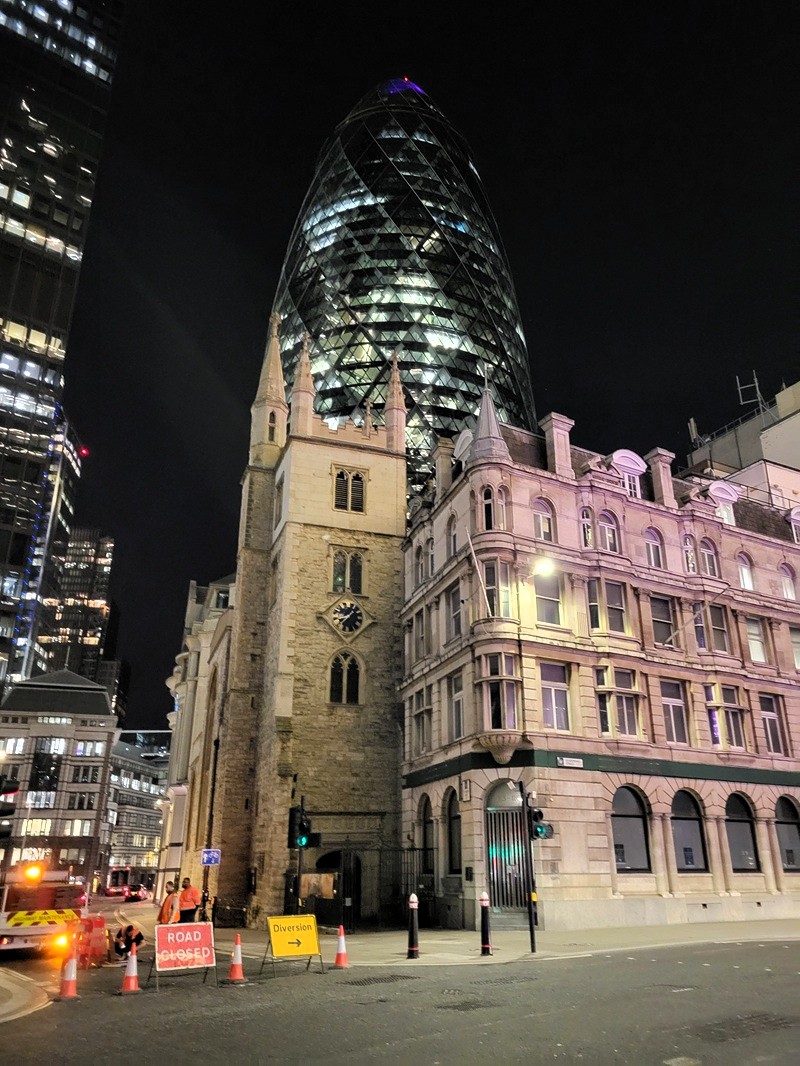by Dorothee Schröder
Cornhill is both a ward and a street in the City of London, running from Bank Junction to Leadenhall Street.
Alongside Tower Hill and Ludgate Hill, Cornhill is one of the three ancient hills of London.
Part of the area once occupied by the old Roman settlement, Cornhill is steeped in history and legend. It’s worth exploring not only the street itself, but also its narrow alleyways and hidden thoroughfares.
On the site of Londinium’s Roman forum stand two churches designed by Sir Christopher Wren: St Michael, Cornhill, and St Peter upon Cornhill, the latter reputed to be the oldest Christianised site in London. In 1893, architect Ernest Augustus Runtz designed 54–55 Cornhill, a building that encroached on the grounds of neighbouring St Peter’s upon Cornhill. The vicar objected vociferously, forcing Runtz to alter his plans at considerable cost in both time and money. In revenge, Runtz added three grotesque figures to the façade, positioning them so they glared down at the vicar whenever he entered or left the church. Local lore claims the fiercest demon bears the vicar’s own likeness.
The labyrinthine alleys around Cornhill appear little changed in more than three centuries. Although hemmed in by busy roads, they are surprisingly quiet, and walking through them can feel like stepping back into the 17th century.
One such alleyway leads to the George and Vulture, a traditional City chop house where financiers, stockbrokers, and bankers have gathered for centuries. Charles Dickens was a frequent patron, mentioning the restaurant in The Pickwick Papers and it is believed to have inspired the inn where Ebenezer Scrooge took “his melancholy dinner in his usual melancholy tavern” in A Christmas Carol.
The fictional counting house of Scrooge and Marley would have stood on Cornhill, near London’s original Royal Exchange, founded in the 16th century. In Dickens’s tale, the Exchange was a regular haunt for Scrooge. While the original building faced onto Cornhill, the present structure fronts the Bank of England.
On Christmas Eve, when Scrooge’s underpaid clerk Bob Cratchit was finally allowed to leave work, Dickens writes:
“…the clerk, with the long ends of his white comforter dangling below his waist (for he boasted no great-coat), went down a slide on Cornhill, at the end of a lane of boys, twenty times, in honour of its being Christmas Eve, and then ran home to Camden Town as hard as he could pelt, to play at blindman’s buff.”
Walking through Cornhill after dark can feel a little eerie, and rumour has it that its alleyways are haunted by one ghost or another.
Today, despite its history and atmosphere, Cornhill is very much part of the modern, bustling City of London and is now best known for its opticians and manufacturers of fine optical instruments.
Cover picture: St Michael, Cornhill (Photograph: Dorothee Schröder)




